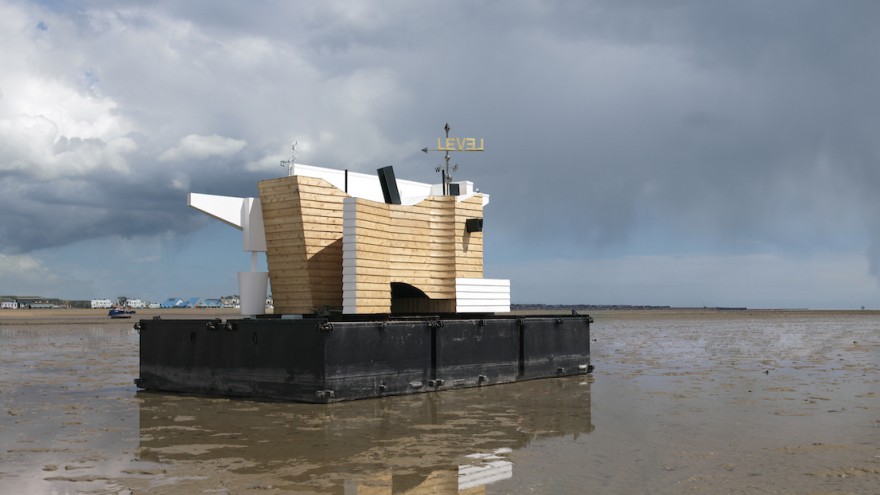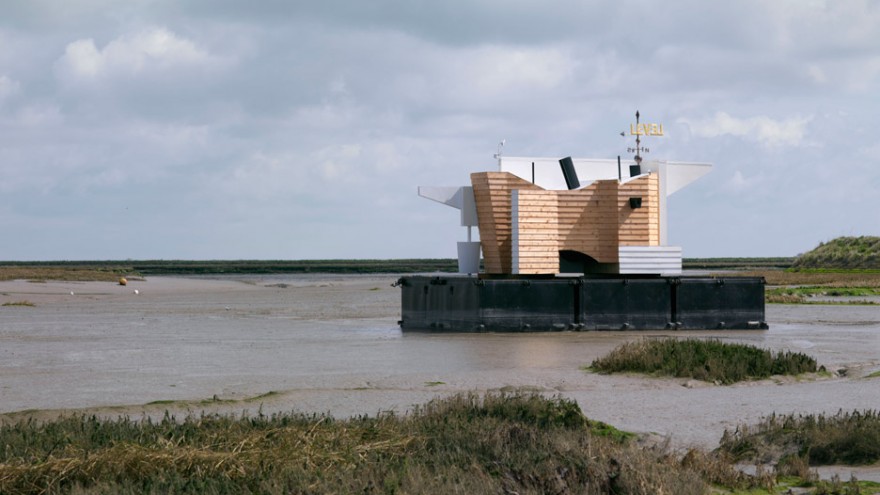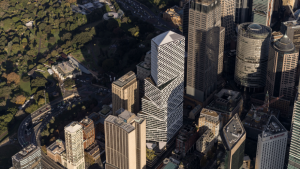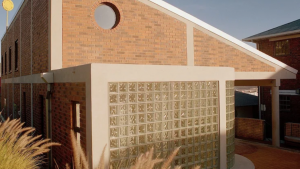Architect and lecturer at the Bartlett School of Architecture, Matthew Butcher recently released his floating weather station into the Thames Estuary as part of his ongoing investigation into a new architecture for the tidal area. Flood House, the motorless vessel moored at particular sites in the estuary over a four week period to monitor tidal behaviour and examine how a built structure could interact with the ecology of the landscape.
The prototype structure served as a weather laboratory, recording its findings on the Flood House website every day. It also served as a projected dwelling space designed to be native to its surrounding environment. Flood House is part of the Radical Essex programme established to relook at the history of the southern county in its relation to architecture, radicalism, lifestyle and politics.
For Butcher, Flood House confronts the notion of architecture as a fixed entity and instead suggests “a nomadic architecture that forms a responsive relationship to its surrounding environmental conditions.” The architect believes that this type of adaptive architecture is the only way we can “start to address climate change and the dramatic shifts in sea levels that this century will bring.”
The structure, which is made out of plywood and weatherboard on a base of three steel pontoons, takes its architectural cue from the surrounding elements such as fishing sheds, boats and World War II guard posts, bunkers and naval forts.
Back in 2014, Butcher published his paper, Flood House II in P.E.A.R (Paper for Emerging Architectural Research). This research offers a prelude to the recent weather station project and presents a prototype of a floating habitat designed to exist in harmony with the Thames Estuary ecosystem in the Cliffe Marshes.
Butcher described the amphibious dwelling as “a space where the river, agriculture, industry and the flood co-exist and overlap to create a hybrid condition with multiple ecologies.” In the study, he draws a line between architectural systems and their relationship with immediate environments by using the flood-prone estuary threatened by rising sea levels as an example.
With Flood House II Butcher provides a dissection of a structure that is able to adapt to the natural processes and daily rise and fall of the waters in a tidal environment. He proposes an off-grid floating home that runs on battery power, stores rainwater, and uses a system of nets to bury itself underneath the river’s silt in order to provide insulation during cold and windy weather.









